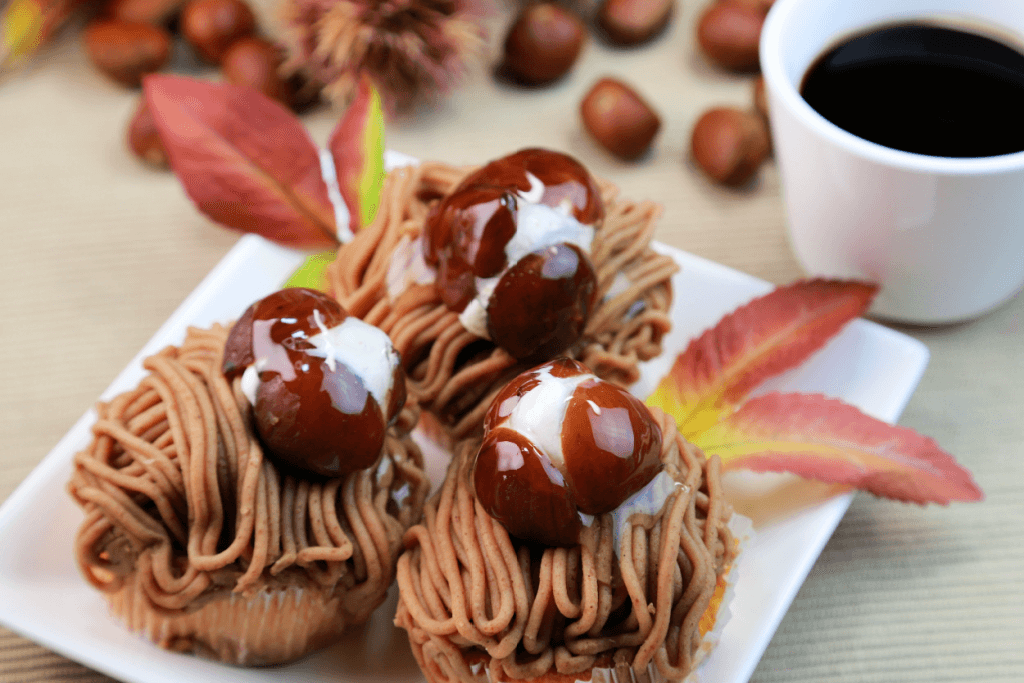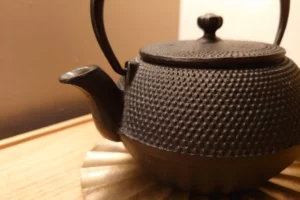When autumn hits in Japan, people enjoy a plethora of seasonal desserts! So much the season even goes by the name shokuyoku no aki(autumn appetite). The fall brings many sweet flavors, from the Mont Blanc dessert to fried maple leaves. Western-influenced and Japanese sweets are available everywhere, even in convenience stores. Here are five of Japan’s best autumn sweets.
Table of Contents
ToggleMont Blanc Dessert
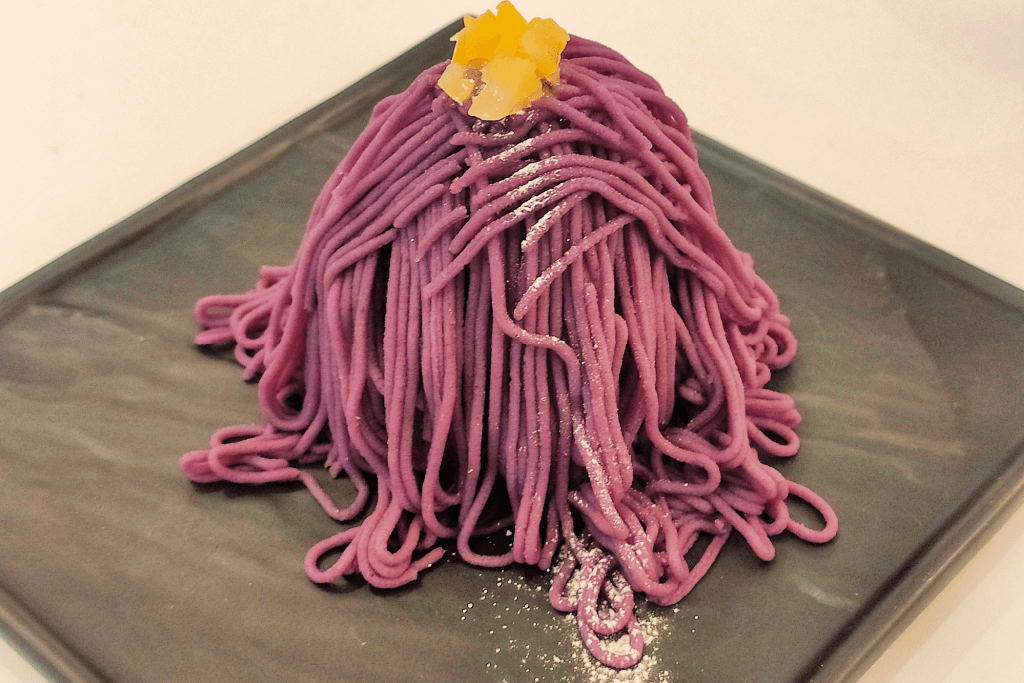
It’s a classic dessert often associated with autumn, though you can now find it year-round. Mont-Blanc is a pastry made from a mountain of creamy Japanese chestnut paste. This Japanese classic has transformed the French confection, known for its strings of chestnut puree and rich taste. While the flavors of the cake base vary, spiraling strands of this mild paste are always present. And somewhere, either hidden inside or perched on top, is a single chestnut jewel.
Age-Manju
Age-manju is a manju (small round steamed cakes) fried in oil and loved for its crispy yet puffy texture. The chef takes manju and lightly coats it in batter before they fry it. These small cakes are fresh from the shop – hot and sweet. Just be careful not to burn your fingers and your tongue.
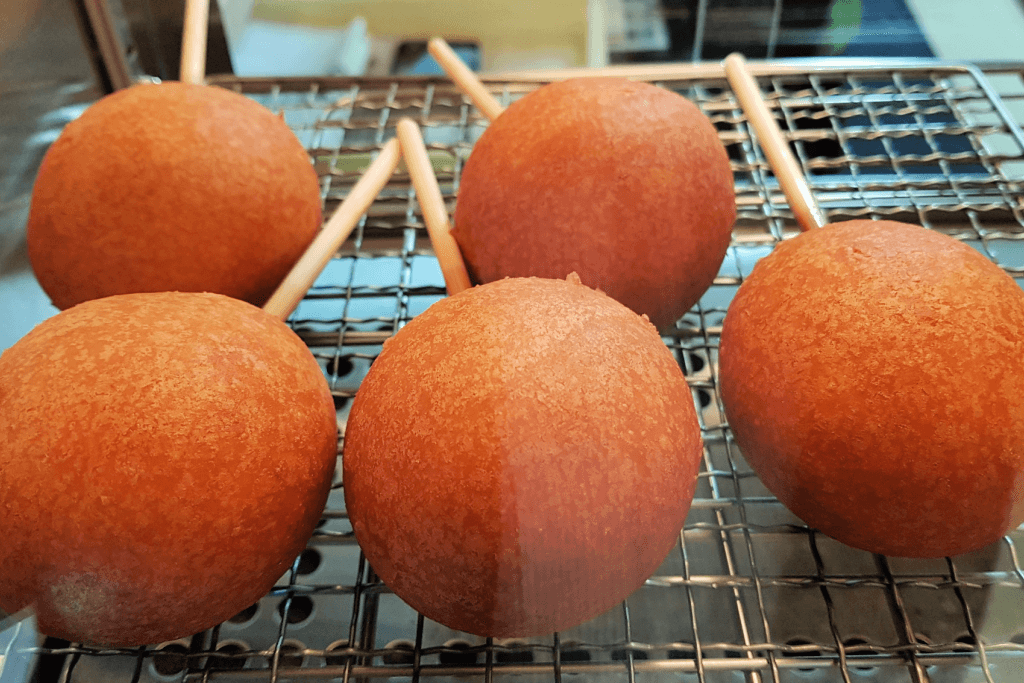
There are many varieties of fillings, such as red bean paste, green tea, sweet potato, pumpkin, cherry blossom, and custard. But the filling and outer batter options can vary vastly, especially in autumn! This sweet treat uses only domestic ingredients, including frying oil of the highest quality.
You can find age-manju in almost any gourmet-centered location around Japan, where it’s deep-fried right in front of your eyes. For an elevated experience, we recommend trying the age-manju from the Kikunoya flagship store in Ginza. Their manju is especially crunchy because of its macadamia nuts topping and the premium oil they use for deep frying.
Zenzai
Nothing sounds better than a warm bowl of homemade zenzai (red bean soup) with toasted chewy mochi! Zenzai is a traditional Japanese dessert soup of red beans. Slightly sweet with a gentle fragrance, the dessert soup has the instant magic of warming up one’s soul. Texturally, the Japanese usually boil the azuki beans until soft and gently sweetened.
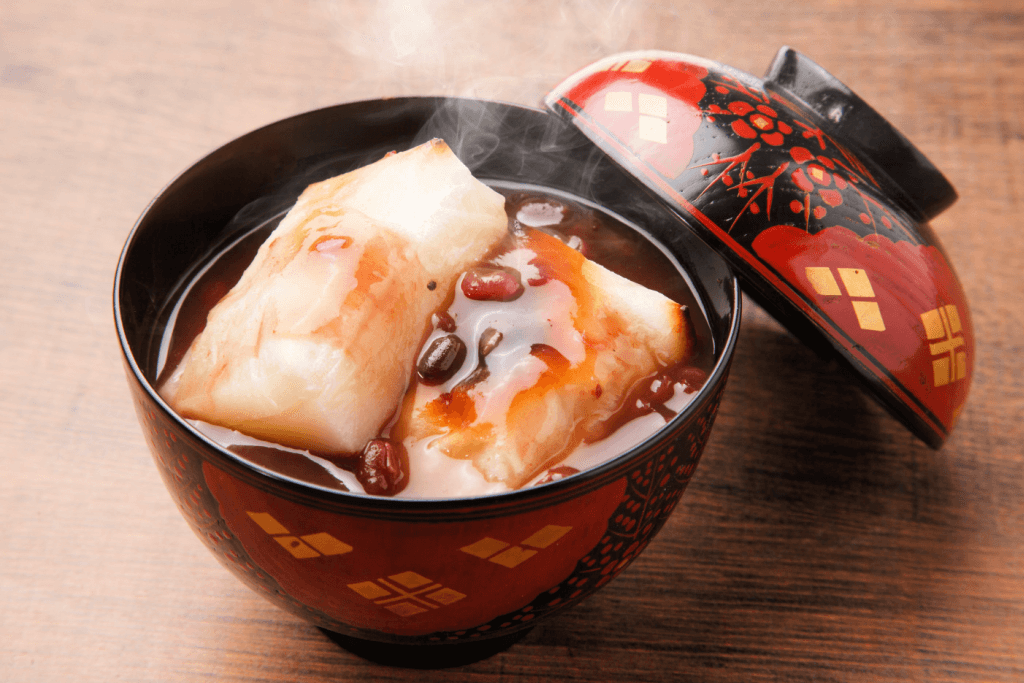
Limited to the autumn time, many tea houses in Japan that serve this dish add soft, roasted chestnuts. They even replace the red beans entirely with a chestnut paste to make a decadent, creamy treat. Zenzai can incorporate various flavors, including hints of orange zest while maintaining a subtle, earthy taste. It’s enjoyed using both a spoon and chopsticks and at times, it might be served with tangy elements like pickled plums. Overall, it’s a comforting and nostalgic dish for many Japanese people.
Can’t get enough delicious fall flavors like sweet potato, chestnut, and apple? Then try Sakuraco! Sakuraco sends authentic Japanese tea, sweets, and snacks right to your door to enjoy the best of Japan’s autumn flavors in the comfort of your home.
Ogura Toast
Ogura toast is a specialty dish with warm toasted bread, red beans, butter, and fresh whipped cream. The result is a quick meal that’s sweet, creamy, and ultra-satisfying. Ogura toast originated in Nagoya, but people enjoy it in households, cafes, and breakfast joints across Japan. It’s an absolute must-try for your Japanese-themed breakfast!
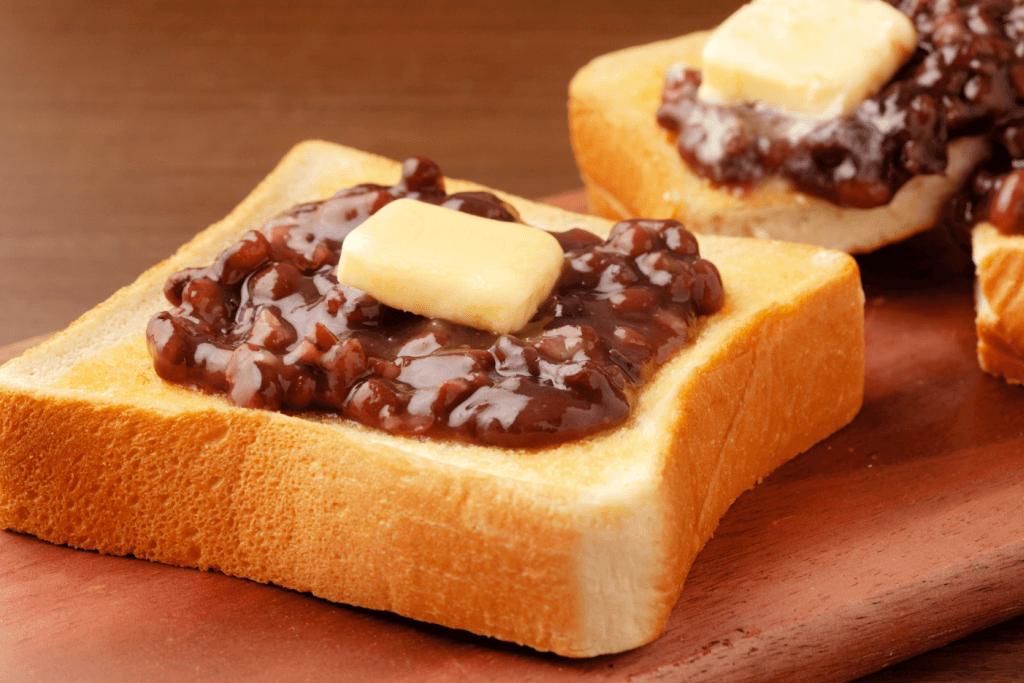
Because it’s such a simple dish, there are not too many variations to this dish. Some use different types of toast to make this dish unique, but the presentation is similar. When you toast the bread, it creates a nice crispy surface where you can spread the butter. The creamy butter binds the sweet red bean paste. As the red bean paste is relatively dry, the butter gives juiciness to it.
Deep-fried Momiji
On the island of Honshu in Japan, a unique culinary tradition persists. People strip the foliage from momiji (maple trees), preserve it in salt, and then deep-fry it as a snack. They serve it on a stick and fry it in batter until it becomes super crispy! This must-try, unique snack is perfect for the autumn season!
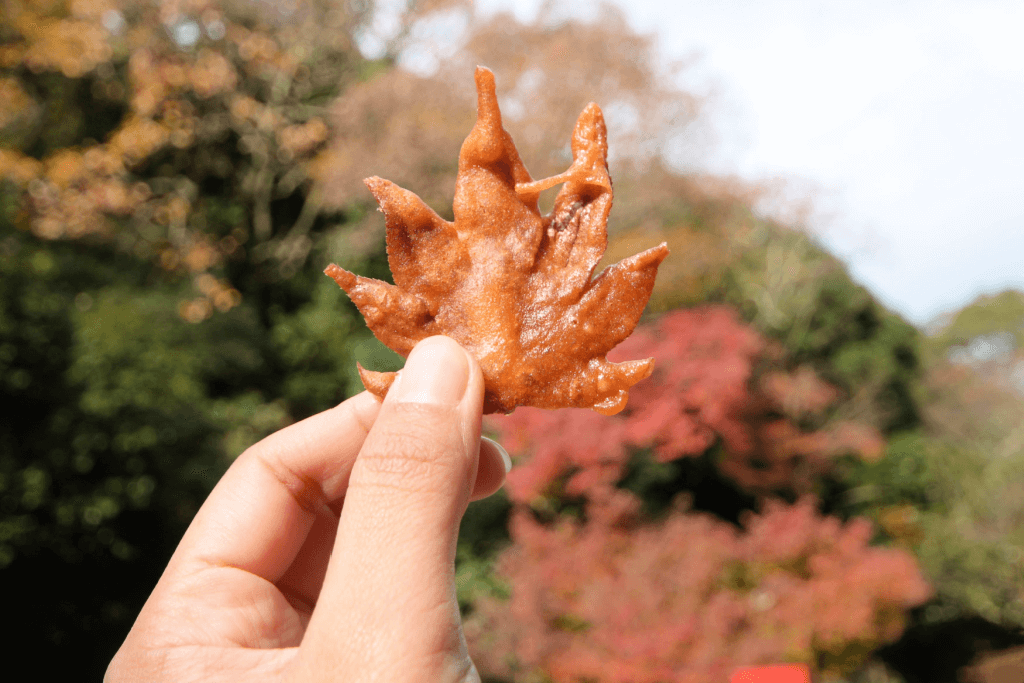
The fried versions offer different fillings, including cheese, but the custard is always a favorite. Slightly sweet and somewhat salty, especially in the veins, the leaves’ flavor is similar to karinto (deep-fried brown-sugar snack). Locals also enjoy this traditional snack alongside a cup of warm green tea.
Fall in Japan is famous for its hearty dishes and sweet autumn flavors. While the Mont Blanc dessert is the most popular, there are plenty of treats for people to enjoy! So, if you’re traveling here during that time, try all the limited-edition seasonal products. Don’t miss the delicious autumn treats only available this time! Have you found your favorite sweets in the list above? How did you like the line-up of the autumn desserts? Let us know in the comments below!

